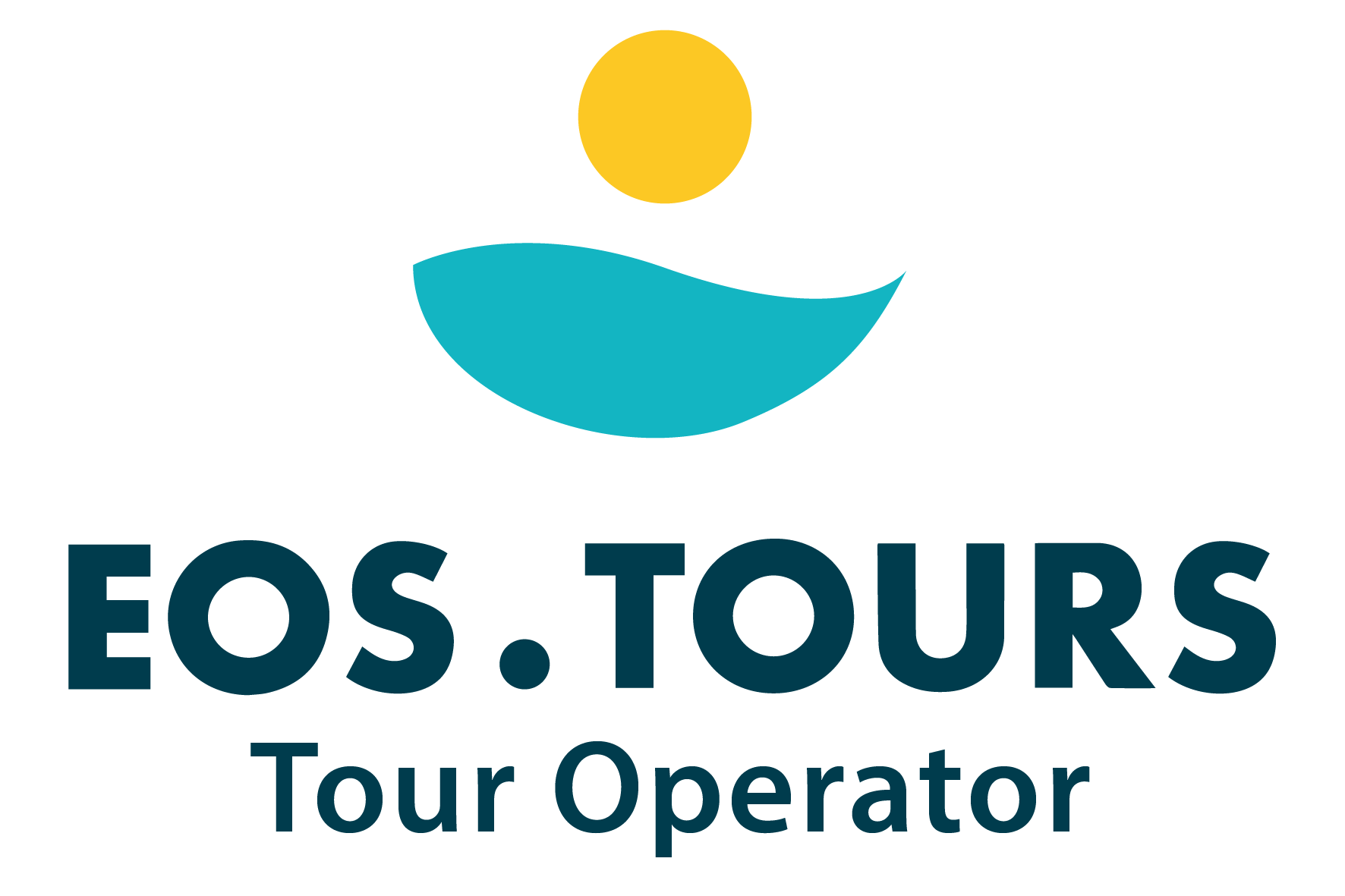Let’s talk a little bit about travel reviews
Spotting the Fakes: How to Distinguish Authentic Reviews from Fake Ones on Travel Sites
Spotting the Fakes: With the rise of online review sites like TripAdvisor and Google Reviews, it has become increasingly important to be able to spot fake reviews when browsing for information about a product or service. While customer reviews can provide valuable insights into the quality of a product or service, it is all too easy for fake reviewers to deceive consumers with deceptive reviews.
Combatting fake reviews is essential for maintaining the integrity of online review platforms, as companies including GetYourGuide have started cracking down on fake reviews to ensure that consumers are receiving accurate information. By learning how to spot a fake review, consumers can avoid being misled by the millions of potentially fraudulent reviews that exist on the internet.
When reading reviews based on both positive and negative experiences, it is important to look for details that indicate whether a review is fake or genuine. This could include inconsistencies in language or tone, suspiciously glowing reviews that seem too good to be true, or reviews that are overly critical without offering any substantive feedback.
In addition to checking reviews on popular travel sites like TripAdvisor, consumers can also consult online forums and other sources of consumer reviews to get a more comprehensive picture of a product or service. By being cautious and discerning when evaluating online reviews, consumers can ensure that they are making informed purchasing decisions and not falling victim to fraudulent practices.
How important are reviews for travelers?
Travel reviews play a crucial role in shaping people’s perceptions and decisions when it comes to booking their next vacation. These reviews, written by fellow travelers, provide valuable insights into the experiences, amenities, and overall satisfaction levels at various destinations and accommodations.
When reading through travel reviews, it’s important to understand the diverse perspectives and experiences that contribute to these assessments. Some reviews may focus on the positive aspects, highlighting the breathtaking scenery, friendly locals, or exceptional dining options. Others may delve into challenges, such as overcrowding, subpar service, or unexpected inconveniences.
By carefully analyzing patterns and trends within these reviews, travellers can gain a well-rounded understanding, allowing them to make informed decisions aligning with their preferences and expectations. The most reliable reviews often provide a balanced perspective, acknowledging both strengths and weaknesses.
Ultimately, travel reviews serve as a powerful tool, empowering travellers to navigate options and make choices leading to the most fulfilling and memorable experiences.
While reviews are important in any business, it’s worth stating that only authentic reviews reveal the true picture. Fake reviews create a fraudulent impression and distort reality.
What reviews exist and how do they differ?
Real reviews play a crucial role in the modern consumer experience, helping individuals make informed decisions before purchasing a product or booking a service. With the prevalence of online reviews, including Amazon and TripAdvisor, millions of reviews are available at our fingertips. However, not all reviews are real – some are fake reviews online created to deceive consumers. Companies like Amazon have started using artificial intelligence to spot fake online reviews, ensuring that the reviews for the product are genuine. When perusing reviews, it’s important to look at the number of reviews, the recent reviews, and whether the reviews tend to be overwhelmingly positive, as five-star reviews can sometimes indicate false reviews.
Bad reviews can also help consumers make informed decisions, providing insight into any potential issues with the product or service. On platforms like TripAdvisor and Yelp, thousands of reviews are available, making it easier to spot fake travel or restaurant reviews. It’s essential to consider a variety of opinions when reading reviews, as many positive reviews can sometimes indicate that the company has incentivized customers to write fake positive reviews.
It makes sense to consider both sides involved in this process. On one side is the tourist, the consumer of the tourist service. On the other side is the supplier of the service, which is also active, but we’ll discuss it later. Let’s first consider the tourist.
As a rule, not everyone leaves a review. According to statistics, no more than 10% do so. This is the most active part of the consumers, but also the most unrepresentative. After all, 90% of consumers have not written anything, and their actual opinion is unknown.
The main motivations that encourage a traveler to leave a review
Let’s return to the active part. Leaving a review is always prompted by some kind of motivation.
So, motivation is divided into the following clear groups:
– Dependent – self-serving, for the reward received from the supplier
– Dependent – without direct self-interest, but at the request of the supplier of services
– Independent – from an excess of positive emotions
– Independent – from an excess of negative emotions. How to identify self-serving reviews, aka fake reviews, I will explain later.
As for positive emotions – everything is clear here, and there is no need for further discussion. Although, of course, all suppliers are extremely grateful for these reviews.
However, the most interesting motivation is negative emotions. These reviews are the most intriguing, and they are divided into constructive and vindictive.
An example of a credible review by a real tourist.
Constructive reviews are easy to distinguish. They are factual comments, often with suggestions for improvement. For example:
“The trip was a nice experience overall, with a well-planned itinerary. However, the lack of mask-wearing by the guide and most passengers made me and my friend feel unsafe during the bus tour. Everyone needs to follow basic health guidelines while travelling. Additionally, the guide’s translation for Russian tourists during the winery tour made it difficult for English speakers to understand the information provided. The rushed meal time due to delays was also inconvenient. While the itinerary was great and offered amazing experiences at a good price, the guiding aspect could be improved. Thank you for an amazing day trip overall.”
This feedback is valuable, and such constructive reviews help identify areas for improvement and adjustments to the tour offerings. However, it is important to distinguish sincere opinions from vindictive or unfounded complaints. Some negative reviews may stem from mismatched expectations due to a lack of thorough understanding of the service description or terms and conditions. In such cases, the responsibility lies with the customer. On the other hand, some tourists may engage in “consumer terrorism,” intentionally seeking opportunities to demand refunds or threatening negative reviews as a form of blackmail. It’s crucial to approach feedback objectively and address valid concerns while recognizing unreasonable or malicious behaviour.
The main signs of fake reviews
In the world of online travel, the issue of fake reviews is becoming increasingly prevalent. Whether it’s product reviews on Amazon or reviews on TripAdvisor, it seems that almost every site with user-generated content is at risk of having fake reviews posted. One of the main signs of fake reviews is that they are usually short and generic, lacking specific details about the experience. Another red flag is when a user has left an unusually high number of reviews, such as 20 reviews of the same place in a short amount of time. In an effort to combat this issue, many platforms have started using algorithms to detect and remove fake reviews. However, the battle to strengthen the integrity of online review systems is ongoing, as new tactics for reporting fake reviews emerge. It’s always important to remember that not all reviews are trustworthy and to use caution when making decisions based on them.
Now back to fake, self-serving reviews.
It is quite easy to identify them.
What you need to pay attention to:
1. Pay close attention to reviews left by solo travellers as they provide an unbiased perspective. Solo traveller reviews are valuable as they represent a single individual’s experience.
2. Be skeptical of reviews that flawlessly mention company names, vehicle names, and other specific details without any spelling errors. Such reviews may be written by SEO professionals or the company itself. However, mentioning a guide’s name could be an exception, as thoughtful respondents may remember it.
3. Compare the reviews of the company you’re considering with similar companies in the region. If one company’s rating differs significantly (more than 20%) from the rest of the market, it could indicate fake, inflated positive reviews.
4. Examine the distribution of ratings. Genuine reviews typically follow a Gaussian (normal) distribution, with a smooth curve showing some negative ratings (1 and 2 stars), a larger number of average ratings, and a majority of positive ratings. Skewed distributions may indicate fake reviews.
5. Pay attention to reviewer names. Real tourists often use their actual names or slightly shortened versions, while non-existent names may raise suspicion.
6. Lack of specificity in reviews could be a red flag. Organic reviews usually stem from real experiences and include specific details and facts.
7. Be wary of unseasonal reviews for services that are not offered year-round. There should be fewer reviews at the beginning and end of the season, and almost none during the off-season.
8. A classic, overly polished writing style may indicate an artificial review. Tourists typically write in a more casual, natural manner.
9. If multiple reviews from the same company cover the same topics and seem similar, it could be a sign of fake reviews.
What are some fraud schemes?
Companies manage their online reputations by using various fraud schemes, including fake reviews for products. In the world of fake reviews, companies may be using fake review based on 20 reviews of the places. The range of reviews could include positive and negative reviews, with some being identical reviews posted multiple times. This makes it difficult for consumers to distinguish real reviews from the fake ones. Some platforms, including Amazon, have started using algorithms to detect fake reviews, as reviews are rife on businesses like tripadvisor and yelp. Fake reviews are usually short and may be fake positive or negative reviews. It is important for consumers to be aware of the potential for fraud in online reviews and to critically evaluate the information they find.
Now, a little more about illegal fraud schemes. The most common ones are two, and they mainly depend on the platform’s policy for posting reviews.
Let’s compare the two most popular ones – TripAdvisor and Viator.
The first one, TripAdvisor, doesn’t require a reality check on the experience. Anyone can leave a review there, even someone who has never been on a tour, received the service, or visited the country where the experience is provided.
There, the task of posting a fake review is solved directly. It is simply paid money for each posted review. It can be both special firms engaged in such practices, freelancers, and ordinary tourists who want to earn some money. They are found on forums and social networks. Companies engaged in fake reviews have websites, and they can be found by searching on the Internet. They proudly call this method of recruiting – “working with reputation.”
The cost of a positive review ranges from 5 to 25 euros. Negative reviews cost from 15 to 25 euros, depending on the number.
The second option is more complicated. There, you need to purchase a travel product to be able to write a review. But for this option, too, there is a solution.
The interested company – a service provider, itself buys its own products on front persons. And on behalf of these front persons, it leaves itself positive reviews. It also returns the money spent to itself, minus the platform’s commission of approximately 25%.
Thus, the cost of a review at a product price of 40 euros costs them 10 euros.
In this case, the formula is particularly popular – one ticket (for one person) = one review. Since if you buy a ticket for two people, you can still write one review.
That’s the arithmetic. So, all the particularly positive ratings are not yet a 100% result of 100% quality. Unfortunately, in general, you should trust ratings with great scepticism.
An alternative method of calculating the rating.
An alternative method of calculating the rating
One alternative method of calculating the rating is to focus on the user reviews across multiple platforms, such as tripadvisor and yelp. By analyzing millions of reviews left by customers, we can get a better understanding of the overall sentiment towards a business. This approach can help mitigate the impact of fake reviews on businesses and ensure a more accurate representation of the customer experience.
Furthermore, using online tools to track reviews over time can also help identify any suspicious patterns, such as a sudden influx of negative reviews that could indicate potential manipulation. By comparing previous reviews to the current ones, we can better detect if there has been any improvement or decline in the quality of the business.
It’s important to distinguish between truthful reviews from fake reviews in the past to ensure the rating reflects the actual customer experience. By looking at the consistency of reviews across fake and genuine accounts, we can better filter out any biased or manipulated reviews.
1. The proposed rating calculation method that considers non-reviewers as neutral (3 stars) is a reasonable approach to account for the silent majority and mitigate potential rating inflation. The example calculation demonstrates how this methodology provides a more balanced and representative overall rating.
2. Periodically verifying and updating reviews by reaching out to users and removing inactive accounts is a sensible strategy to maintain the integrity of the rating system and prevent fake reviews.
3. Cross-checking the user’s country information from payment details against the stated country in the review is an effective way to identify potential fake reviews and further enhance the system’s credibility.
Overall, the proposed rating calculation methodology, along with regular review verification and payment data cross-checking, presents a comprehensive and robust approach to combat rating inflation and ensure the authenticity of reviews. This system’s emphasis on transparency and accountability is commendable, especially in contrast to platforms that may overlook fake reviews for financial gain.



